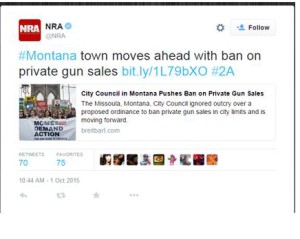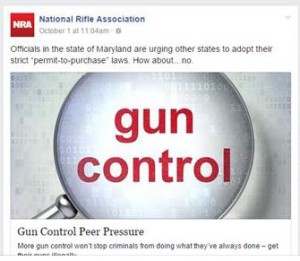In corporations, in government, in the media, and in everyday conversation, the term crisis is used to denote a wide range of situations. The large numbers of refugees from the Middle East attempting to enter Europe, the ongoing violence in Syria and Iraq (which is a main cause of the refugee situation), the state of the US educational system, and the future prospects of the Washington Nationals baseball team have all been described using the term ‘crisis’. But each of the above examples has been developing for well over a year, and in some cases for over a decade, and something that continues for that long should probably not be called a crisis, it should be called normal, or perhaps, the new normal.
While a crisis is undoubtedly a negative state of affairs, it is something that happens suddenly and by surprise and it demands that it be addressed immediately. If a crisis, say the start of the civil war in Syria is allowed to go on for four years, is it really still a crisis, and if so for whom? Certainly the people in Syria suffer mightily from this situation, but it has moved from a crisis to a daily reality.
To take a less dramatic example that  is closer to home (at least to my home) we can look a
is closer to home (at least to my home) we can look a
t the Washington Metropolitan Area Transit Authority (the Metro). The Metro has seen steady declines in customer satisfaction, ridership, revenue and operational reliability for several years. This is no longer a surprise to anyone who pays even scant attention to the situation, it is in fact the normal state of affairs for Washington DC commuters and the Metro organization.
This is not to say that there have not been crises associated with this situation, sadly there have been several in recent years, for example an electrical malfunction that caused heavy smoke to fill a tunnel and impact a station in January 12, 2015, caused 86 people to be sent to the hospital for treatment and caused the death of one passenger. This was clearly a crisis as it happened by surprise, was a threat to the organization, its staff and the public, and demanded immediate action. Fortunately, this does not happen every day, though the underlying issues of underfunding, poor maintenance and lax oversight that were causal in this crisis continue and may be worse now than in January. The point is the actual crisis was dealt with, the victims were treated, the smoke was vented, the electrical system repaired and the system recommenced operations, but the issues have remained in place.
The Metro situation highlights a central point of confusion with regards crisis management and crisis communications, the difference between a crisis and an issue. Many people look at issues in the current reality and call them a crisis, thus inferring that immediate action must be taken to address this reality and presumably correct it. But, we see that the status quo, sub-optimal though it may be, is often left intact, thus the question is, was the situation a crisis in the first place?
This is not to argue that issues should not be addressed, often times they should. What should be stressed is that unlike a crisis, an issue allows for consideration, planning and structured execution, rather than immediate crisis management. By looking at the Metro as a perpetual crisis has led to a series of stop-gap measures to fix tactical problems, rather than stepping back and trying to fix the underlying causes of these problems. Tragically, the world’s response to the situation in Syria and Iraq is similarly stop-gap in nature and, as with the Metro, the underlying issue remains unresolved.
Crisis management and crisis communications are appropriate responses for a specific type of situation that has a very short time horizon and requires immediate action. They are considerably less successful in handling complex, long-term problems. A dangerous irony of calling an issue a crisis is that it creates a ‘boy who cried wolf’ syndrome, so that when there is a true crisis, many stakeholders may not treat it as such. Ultimately, this can lead to the fatalistic attitude of many Metro riders who feel the failure of crisis management leaves them no option but to accept the current state of affairs or vote with their feet, or more likely their cars.
Top Five Takeaways
- A crisis is a situation that occurs suddenly and by surprise, it also requires an organization to respond immediately
- To be a crisis, a situation must represent a significant threat to an organization or individual
- Many people overuse the term crisis by associating it with long-term problems
- There is much confusion between a crisis and an issue
- Using crisis management techniques to address long-term issues is often counterproductive



